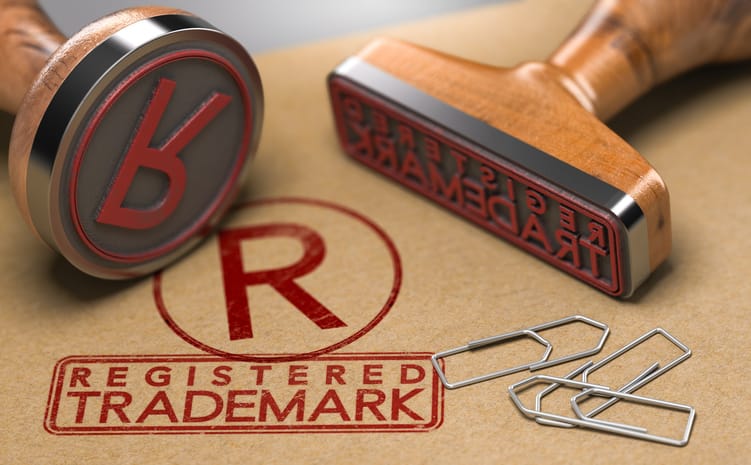
Proper trademark registration is vital for any business seeking to protect its identity and build trust in the European market. Without effective registration, companies risk losing exclusive rights to their brands, facing legal disputes, or suffering brand dilution. In Europe, where many businesses compete and cross-border commerce is common, a correctly registered trademark provides strong legal protection and competitive advantages. This article explains the fundamentals of trademark registration and offers practical guidance on how to register trademarks properly through the EU Intellectual Property Office (EUIPO).
Basics of Trademark Registration
What Is a Trademark?
A trademark is any sign capable of distinguishing the goods or services of one company from those of others. It can be a word, logo, slogan, shape, or even a sound. The primary purpose of a trademark is to guarantee the origin and quality of products or services, protecting both businesses and consumers.
Types of Trademarks
In Europe, trademarks can take several forms:
Word marks: Names, slogans, or letters
Figurative marks: Logos, images, or designs
Combined marks: A mix of words and images
Other marks: Sounds, colors, 3D shapes (under certain conditions)
Each type serves different branding strategies but requires proper registration to secure protection.
Importance of Trademark Registration
Registering trademarks in Europe grants you exclusive rights to use it across the EU, enabling you to prevent others from unauthorized use. It increases brand value, helps build consumer loyalty, and provides legal tools for enforcement in case of infringement.Steps to Submit a Trademark Application with EUIPO
Step 1 — Conduct a Trademark Search
Before applying, search the EUIPO database and other sources to ensure your trademark is unique and not conflicting with existing marks.
Step 2 — Choose the Appropriate Classes
Identify the relevant classes of goods and services using the Nice Classification system. Proper classification ensures your trademark covers all intended products or services.
Step 3 — Prepare the Application
Gather the necessary documents including a clear representation of the trademark, applicant details, and a list of goods/services with corresponding classes.
Step 4 — File the Application Online
Submit your application via the EUIPO online portal and pay the official fees. The basic fee covers one class; additional fees apply for more classes.
Step 5 — Examination by EUIPO
EUIPO reviews your application for compliance, uniqueness, and legal requirements. If accepted, the trademark is published for opposition.
Step 6 — Opposition Period
Third parties have three months to oppose the registration if they believe your trademark conflicts with theirs.
Step 7 — Registration and Certificate Issuance
If there are no oppositions or if oppositions are resolved in your favor, your trademark is registered, granting you exclusive rights for ten years, renewable indefinitely.
Tips to Avoid Common Mistakes
Perform Thorough Searches
Neglecting to search can lead to rejections or legal disputes. Use all available databases to verify trademark availability.
Be Precise in Descriptions
Avoid vague or overly broad descriptions of goods and services. Use the Nice Classification accurately to cover your business needs.
Ensure Distinctiveness
Choose trademarks that are unique and not descriptive or generic to meet EUIPO requirements and reduce refusal risks.
Seek Professional Advice
Consulting IP experts or trademark attorneys can help you avoid procedural errors and handle oppositions effectively.
Conclusion
Proper registration of trademarks in Europe is crucial for securing your business’s identity and competitive position. Understanding the types of trademarks, following the detailed EUIPO application process, and avoiding common pitfalls significantly increase the likelihood of successful registration. Careful preparation, thorough research, and professional guidance are key to protecting your brand effectively in the European market. Take action today to ensure your trademark is properly registered and your business safeguarded.


